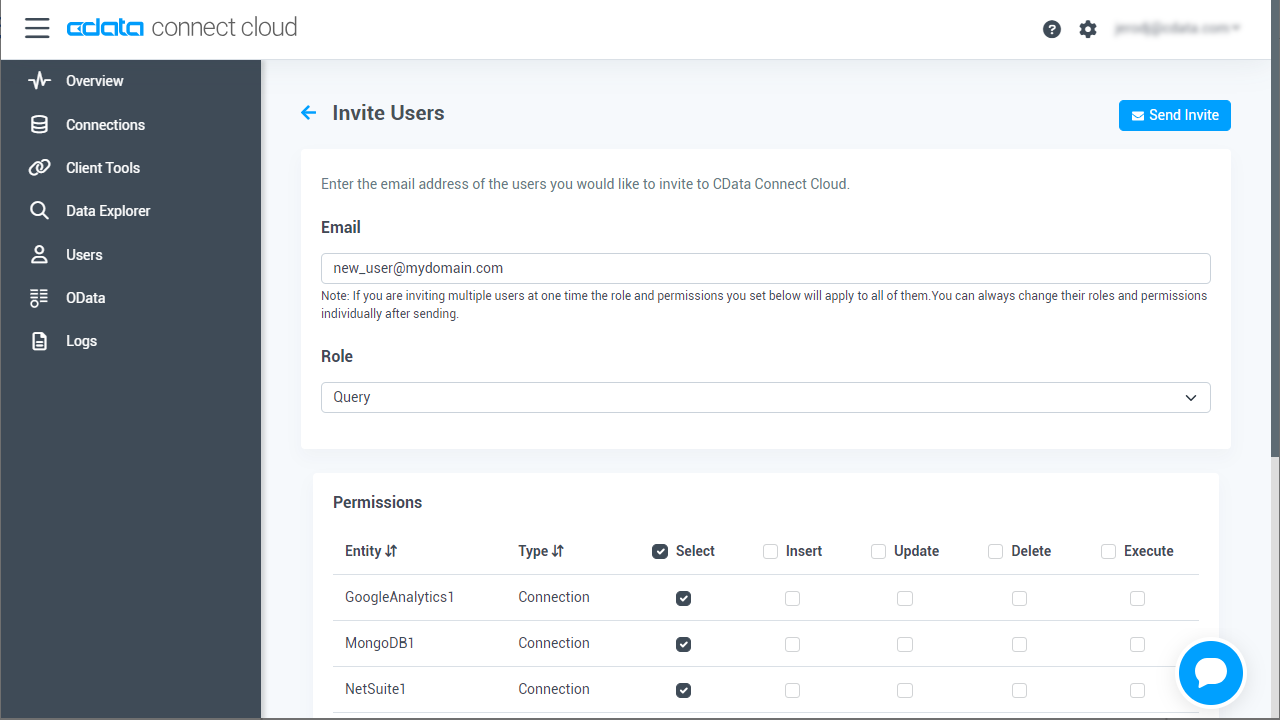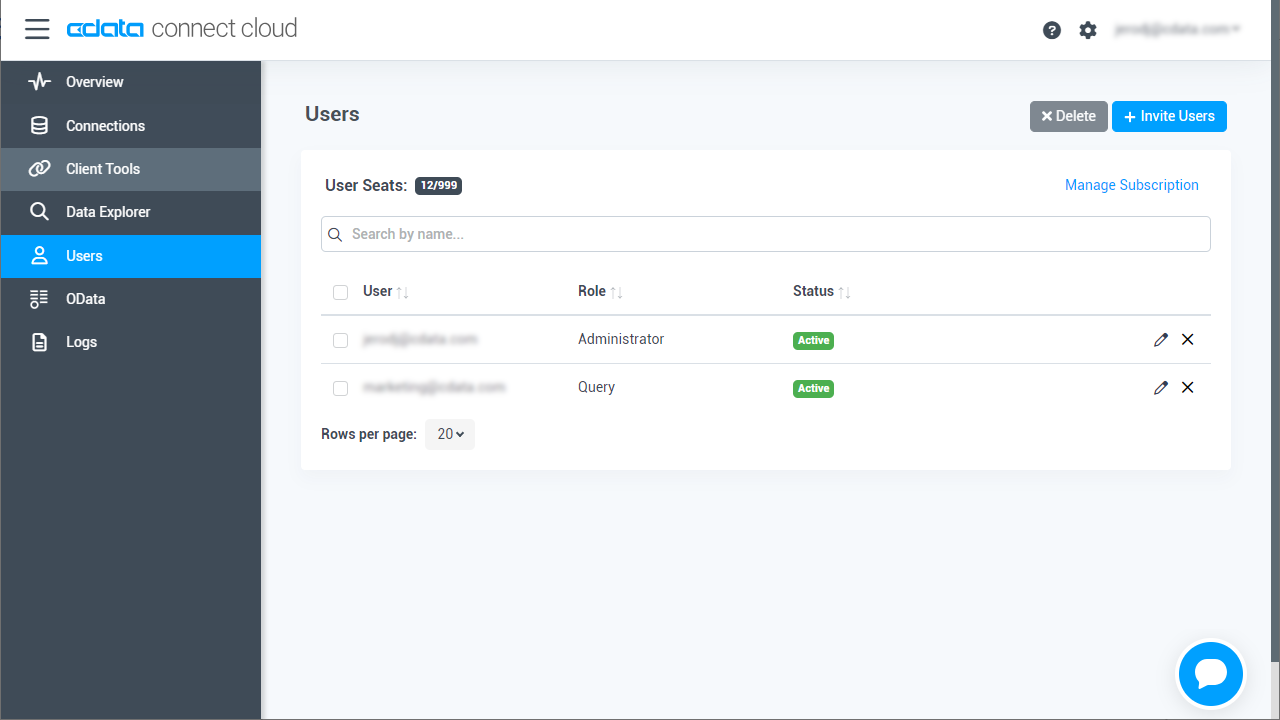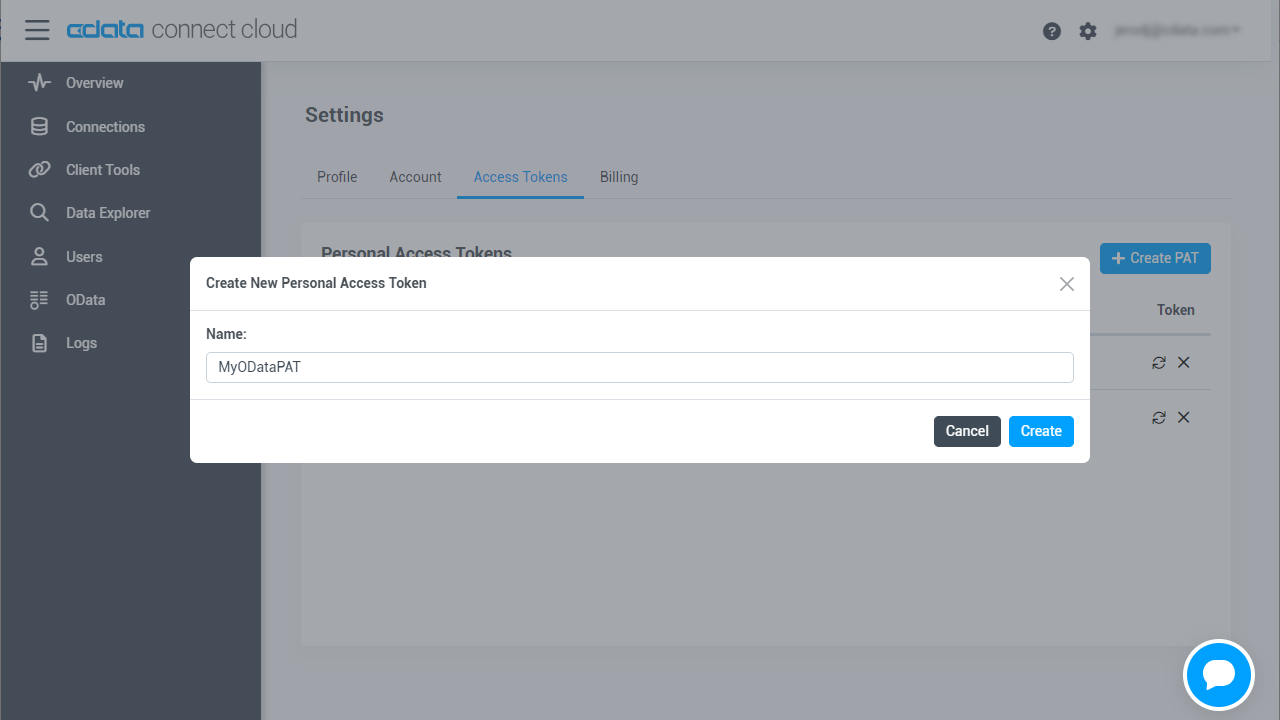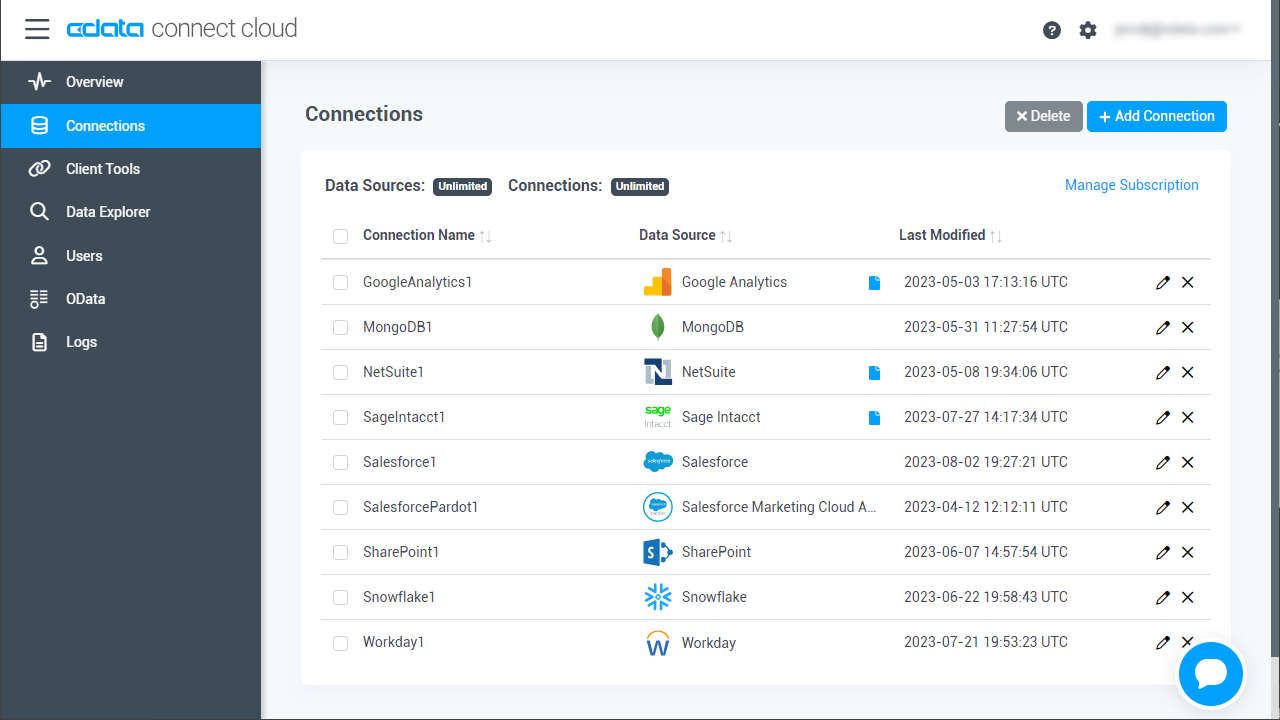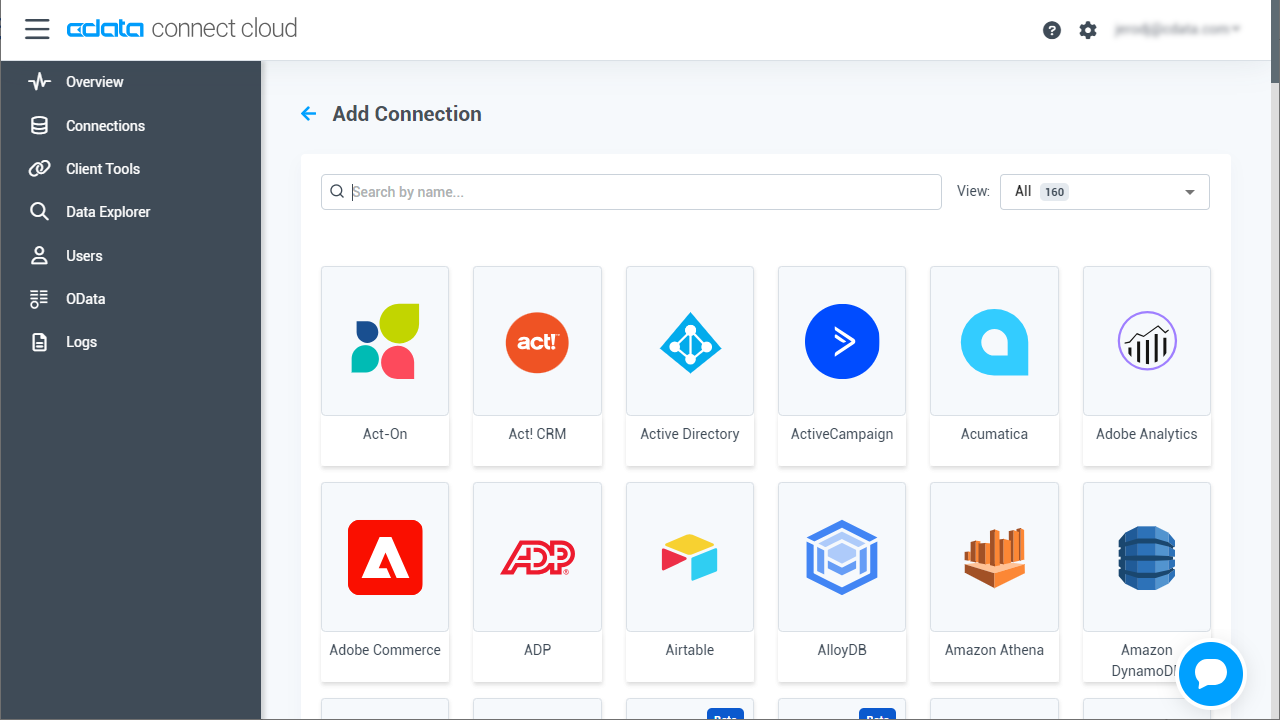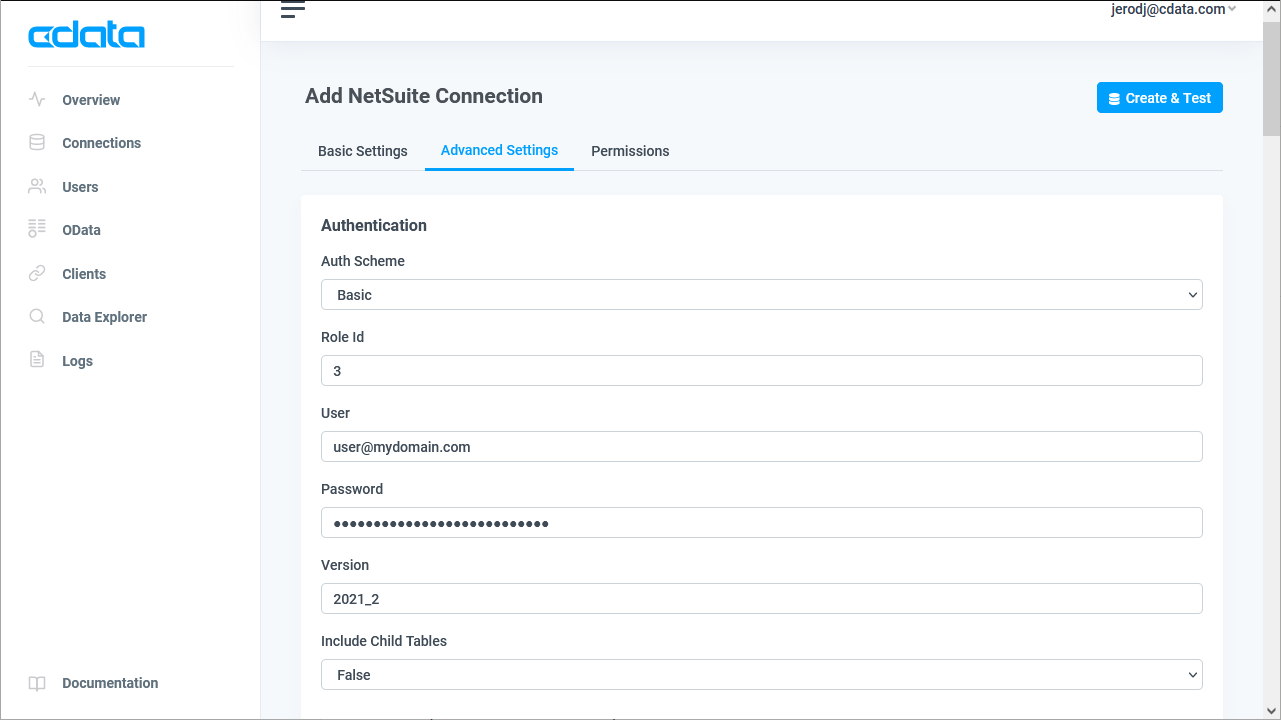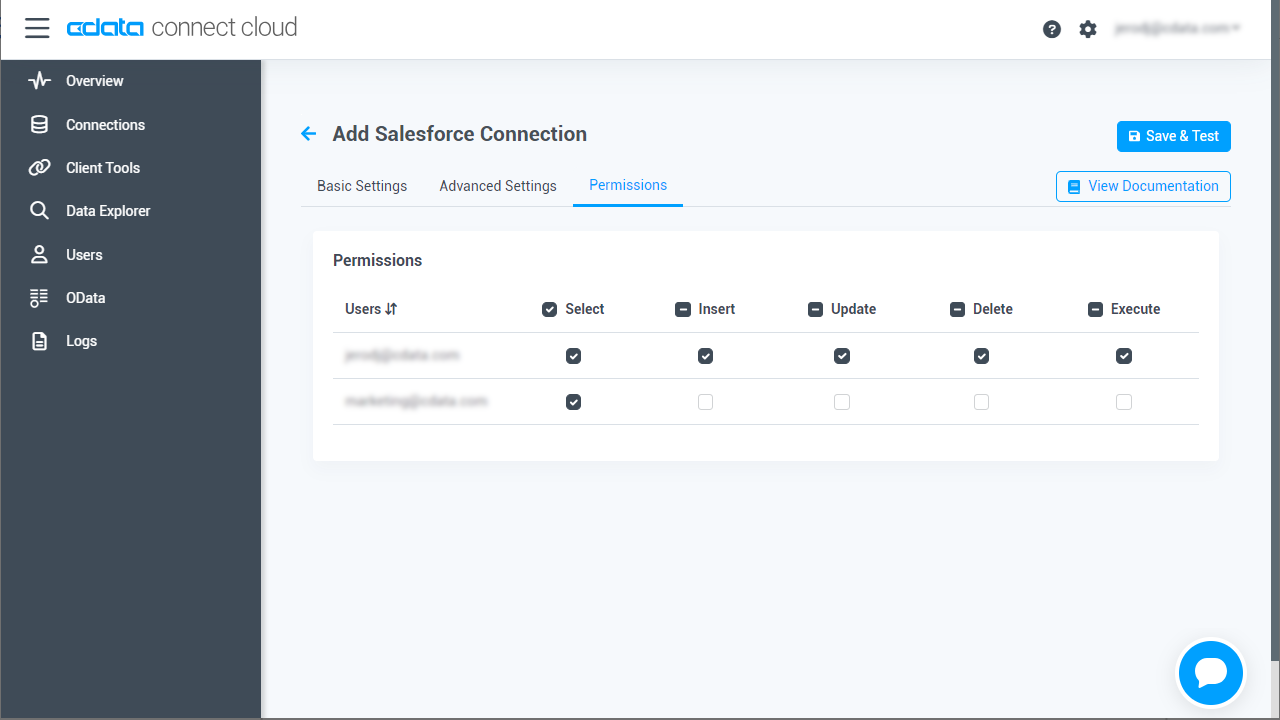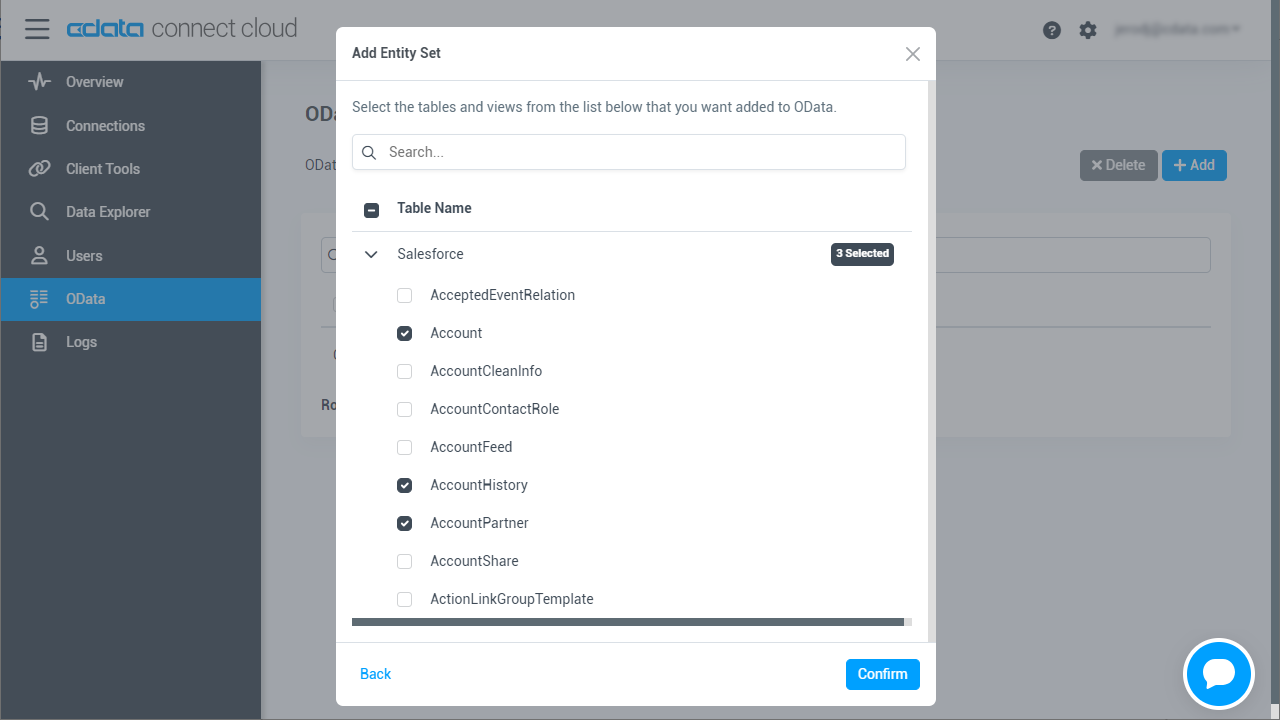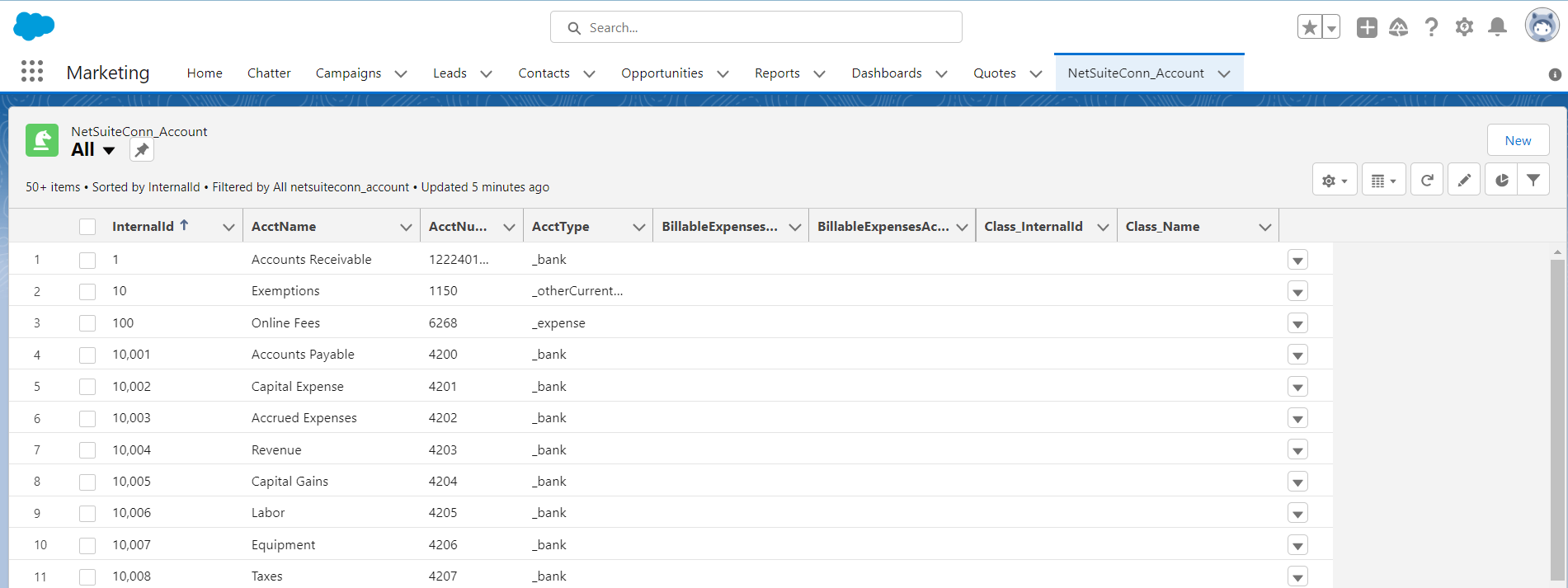Discover how a bimodal integration strategy can address the major data management challenges facing your organization today.
Get the Report →Search External HCL Domino Objects in Salesforce Connect
Use CData Connect Cloud to securely provide OData feeds of HCL Domino data to smart devices and cloud-based applications. Use the CData Connect and Salesforce Connect to create HCL Domino Data objects that you can access from apps and the dashboard.
CData Connect Cloud, enables you to access HCL Domino data from cloud-based applications like the Salesforce console and mobile applications like the Salesforce Mobile App. In this article, you will use CData Connect Cloud and Salesforce Connect to access external HCL Domino objects alongside standard Salesforce objects.
Connect to HCL Domino from Salesforce
To work with live HCL Domino data in Salesforce Connect, we need to connect to HCL Domino from Connect Cloud, provide user access to the connection, and create OData endpoints for the HCL Domino data.
(Optional) Add a New Connect Cloud User
As needed, create Users to connect to HCL Domino through Connect Cloud.
- Navigate to the Users page and click Invite Users
- Enter the new user's email address and click Send to invite the user
![Inviting a new user]()
- You can review and edit users from the Users page
![Connect Cloud users]()
Add a Personal Access Token
If you are connecting from a service, application, platform, or framework that does not support OAuth authentication, you can create a Personal Access Token (PAT) to use for authentication. Best practices would dictate that you create a separate PAT for each service, to maintain granularity of access.
- Click on your username at the top right of the Connect Cloud app and click User Profile.
- On the User Profile page, scroll down to the Personal Access Tokens section and click Create PAT.
- Give your PAT a name and click Create.
![Creating a new PAT]()
- The personal access token is only visible at creation, so be sure to copy it and store it securely for future use.
Connect to HCL Domino from Connect Cloud
CData Connect Cloud uses a straightforward, point-and-click interface to connect to data sources.
- Log into Connect Cloud, click Connections and click Add Connection
![Adding a Connection]()
- Select "HCL Domino" from the Add Connection panel
![Selecting a data source]()
-
Enter the necessary authentication properties to connect to HCL Domino.
Prerequisites
The connector requires the Proton component to be installed. Normally, Proton is distributed as part of the AppDev pack. See the HCL documentation for instructions on acquiring and installing Proton or the AppDev pack.
Once the Proton service is installed and running, you will also need to create a user account and download its Internet certificate. This certificate can be used to set the connector certificate connection properties.
Authenticating to Domino
- Server: The name or IP address of the server running Domino with the Proton service.
- Port: The port number that the Proton service is listening on.
- Database: The name of the database file, including the .nsf extension.
- SSLClientCertType: This must match the format of the certificate file. Typically this will be either PEMKEY_FILE for .pem certificates or PFXFILE for .pfx certificates.
- SSLClientCert: The path to the certificate file.
- SSLServerCert: This can be set to (*) if you trust the server. This is usually the case, but if you want to perform SSL validation, you may provide a certificate or thumbprint instead. See the documentation for SSLServerCert for details.
Additional Server Configuration
The connector supports querying Domino views if any are defined. Before views can be queried by the connector they must be registered with the design catalog.
Please refer to the Catalog Administration section of the AppDev pack documentation for details on how to do this.
![Configuring a connection (NetSuite is shown)]()
- Click Create & Test
- Navigate to the Permissions tab in the Add HCL Domino Connection page and update the User-based permissions.
![Updating permissions]()
Add HCL Domino OData Endpoints in Connect Cloud
After connecting to HCL Domino, create OData Endpoints for the desired table(s).
- Navigate to the OData page and click Add to create new OData endpoints
- Select the HCL Domino connection (e.g. Domino1) and click Next
- Select the table(s) you wish to work with and click Confirm
![Selecting Tables (NetSuite is shown)]()
With the connection and OData endpoints configured, you are ready to connect to HCL Domino data from Salesforce Connect.
Connect to HCL Domino Data as an External Data Sources
Follow the steps below to connect to the feed produced by Connect Cloud.
- Log into Salesforce and click Setup -> Integrations -> External Data Sources.
- Click Now External Data Sources.
- Enter values for the following properties:
- External Data Sources: Enter a label to be used in list views and reports.
- Name: Enter a unique identifier.
- Type: Select the option "Salesforce Connect: OData 4.0".
- URL: Enter the URL to the OData endpoint of Connect Cloud: https://cloud.cdata.com/api/odata/service
- Select JSON in the Format menu.
- In the Authentication section, set the following properties:
- Identity Type: If all members of your organization will use the same credentials to access Connect Cloud, select "Named Principal". If the members of your organization will connect with their own credentials, select "Per User".
- Authentication Protocol: Select Password Authentication to use basic authentication.
- Certificate: Enter or browse to the certificate to be used to encrypt and authenticate communications from Salesforce to your server.
- Username: Enter a CData Connect Cloud username (e.g. [email protected].
- Password: Enter the user's PAT.
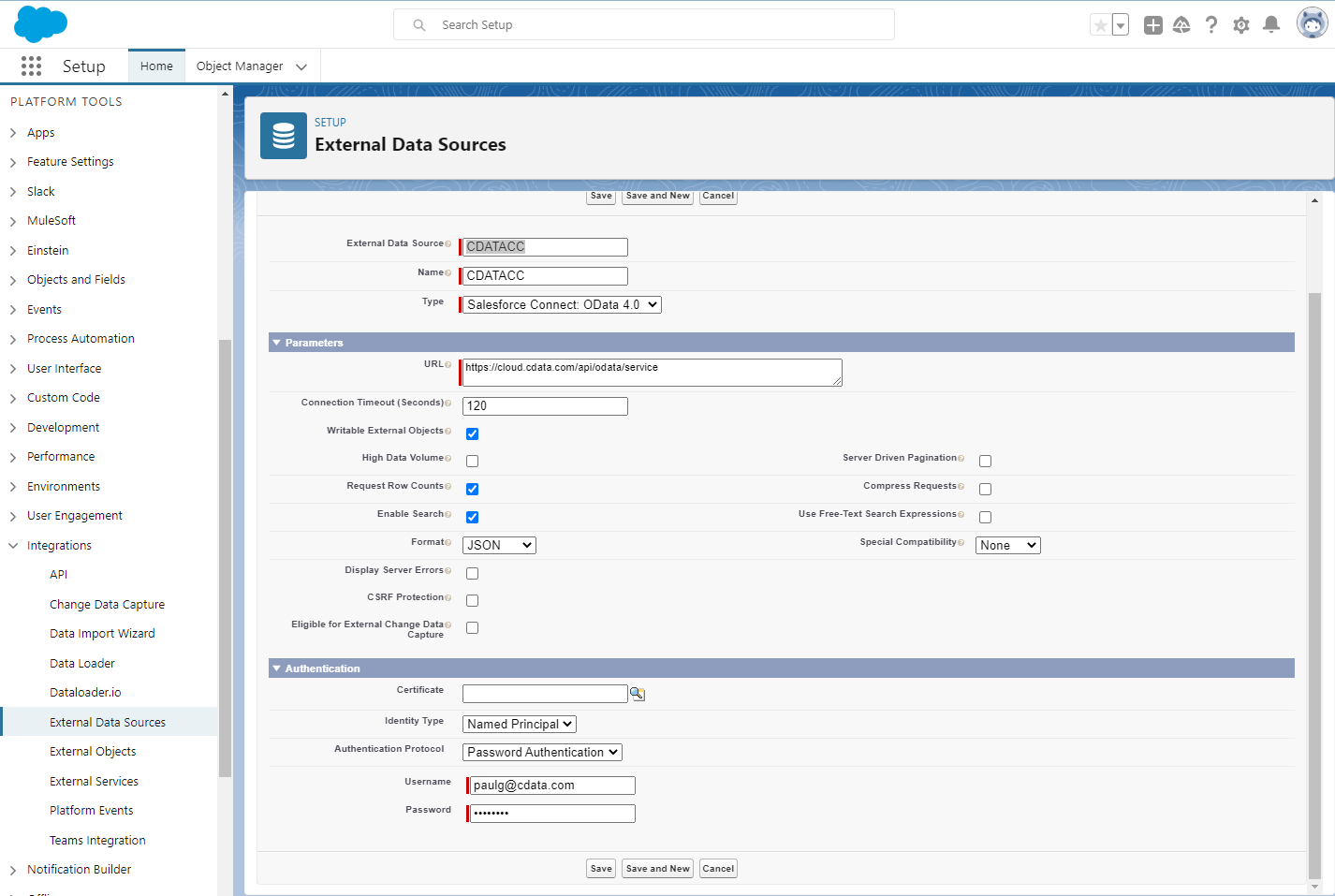
Synchronize HCL Domino Objects
After you have created the external data source, follow the steps below to create HCL Domino external objects that reflect any changes in the data source. You will synchronize the definitions for the HCL Domino external objects with the definitions for HCL Domino tables.
- Click the link for the external data source you created.
- Click Validate and Scan.
- Select the HCL Domino tables you want to work with as external objects.
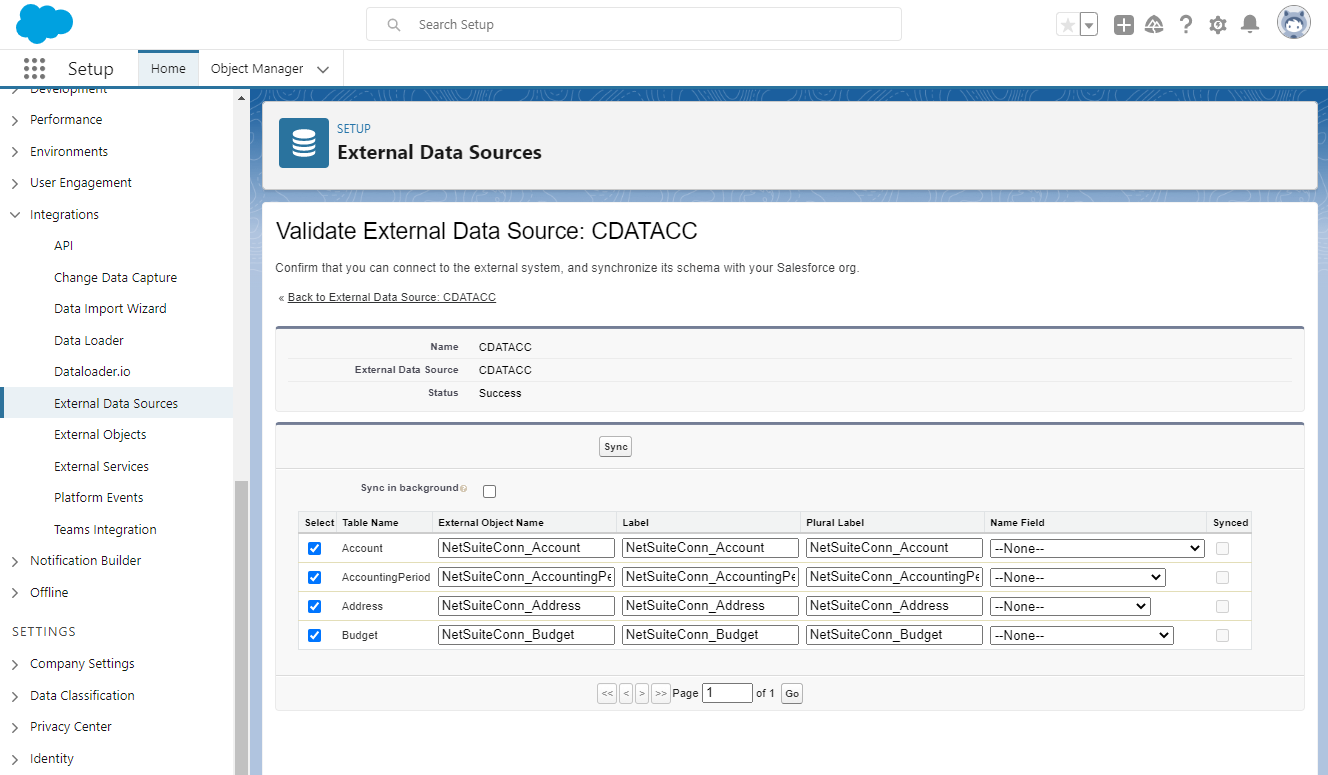
Access HCL Domino Data as Salesforce Objects
After adding HCL Domino data as an external data source and syncing HCL Domino tables as external objects, you can use the external HCL Domino objects just as you would standard Salesforce objects.
-
Create a new tab with a filter list view:
![Viewing external objects from Salesforce (NetSuite is shown)]()
-
Create reports of external objects:
![Reporting on external objects from Salesforce (NetSuite is shown)]()
Simplified Access to HCL Domino Data from Cloud Applications
At this point, you have a direct, cloud-to-cloud connection to live HCL Domino data from Salesforce. For more information on gaining simplified access to data from more than 100 SaaS, Big Data, and NoSQL sources in cloud applications like Salesforce, refer to our Connect Cloud page.






